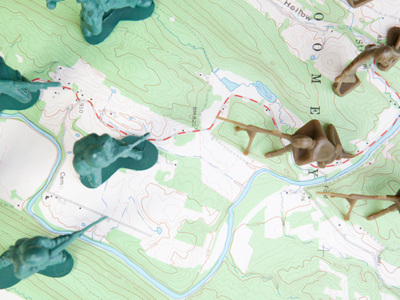

The name Somme comes from a Celtic word meaning 'tranquility'.
Somme Offensive
This ‘Somme Offensive’ quiz looks at the battle which occurred by the river Somme.
In December 1915 the Chantilly Conference met to discuss Allied plans for the year ahead. It was decided that in June of 1916 the Allies would attack the Germans on all fronts simultaneously, giving them little time to relocate their troops. The French were to attack with British support across the river Somme. In February 1916 the Germans began their attack on Verdun and the French troops intended for the Somme Offensive were sent to defend the town. Consequently, the British forces, intended for a supporting role, became the core of the attack. What was to follow was one of the bloodiest engagements of World War One.
Ready for more?
not all...
quizzers. Try to win a coveted spot on our Hall of Fame Page.






